It’s a cornerstone of insurance law: subrogation mandates that, once the insurance company has compensated the insured party, the company is entitled to exercise rights in the name of the insured.1
Suppose you find a 30-foot oak tree in your dining room after your neighbour’s DIY landscaping ambitions do not go as planned. Assuming you have home insurance (as you should!) your insurer will pay for the expenses related to the incident, and then it will seek reimbursement from the at-fault party (presumably through their insurance company) for any amount paid on your behalf.
The two-fold goal of subrogation is ensuring that the person making a claim receives no more and no less than a full compensation (a.k.a. indemnity) and that the loss falls on the person who is legally responsible for causing it.2 It is a simple way to keep insurance premiums down, since costs are shifted to the at-fault party and their insurer. It also helps create a buffer between the insured and all the headaches involved with litigation. But, as with everything in law, the question of when subrogation is applicable and how it is applied depends on the contract. It isn’t always a straightforward swap.
Sometimes, your insurance policy does not explicitly state its position on subrogation. One of the guiding cases on this matter is Gibson v. Sun Life Insurance Co. of Canada, in which the court decided that the insured customer must be fully indemnified before Sun Life could act on a customer’s behalf. “Fully indemnified” means not only reimbursed for all losses covered by the policy, but also for the uninsured losses, such as the customer’s deductible, losses outside of the policy limits, and losses (such as business losses) that are not covered by the policy.3 In cases like this, subrogation must wait, even if the insurer has paid to the full extent of its liability.4
Reimbursement can go both ways when the insured person’s rights are subrogated. In Gibson v. Sun Life Insurance Co. of Canada, the court also stated that the claimant is responsible to the insurance company for damages recovered from the party at fault, where the amount they received is more than the amount required for full compensation.
Subrogation is an important aspect of most insurance claims. Whether you are seeking long-term disability benefits or damages for the tree-shaped hole in your roof, subrogation puts your insurance company in your shoes, so hopefully, you can put your feet up.
-
Zurich Insurance Co. v. Ison T.H. Auto Sales Inc., 2011 ONSC 1870 (SCJ), paras. 27 & 32. ↩
-
Somersall v. Friedman, 2002 SCC 59, para. 50; Douglas v. Stan Fergusson Fuels Ltd., 2018 ONCA 192 at para 47 (ON CA). ↩
-
National Fire Insurance Co. v. McLaren (1886), 12 O.R. 682 (Ont Ch Div). ↩
-
Douglas v. Stan Fergusson Fuels Ltd., 2018 ONCA 192 (Ont CA). ↩
Reimbursement can go both ways when the insured person’s rights are subrogated.


